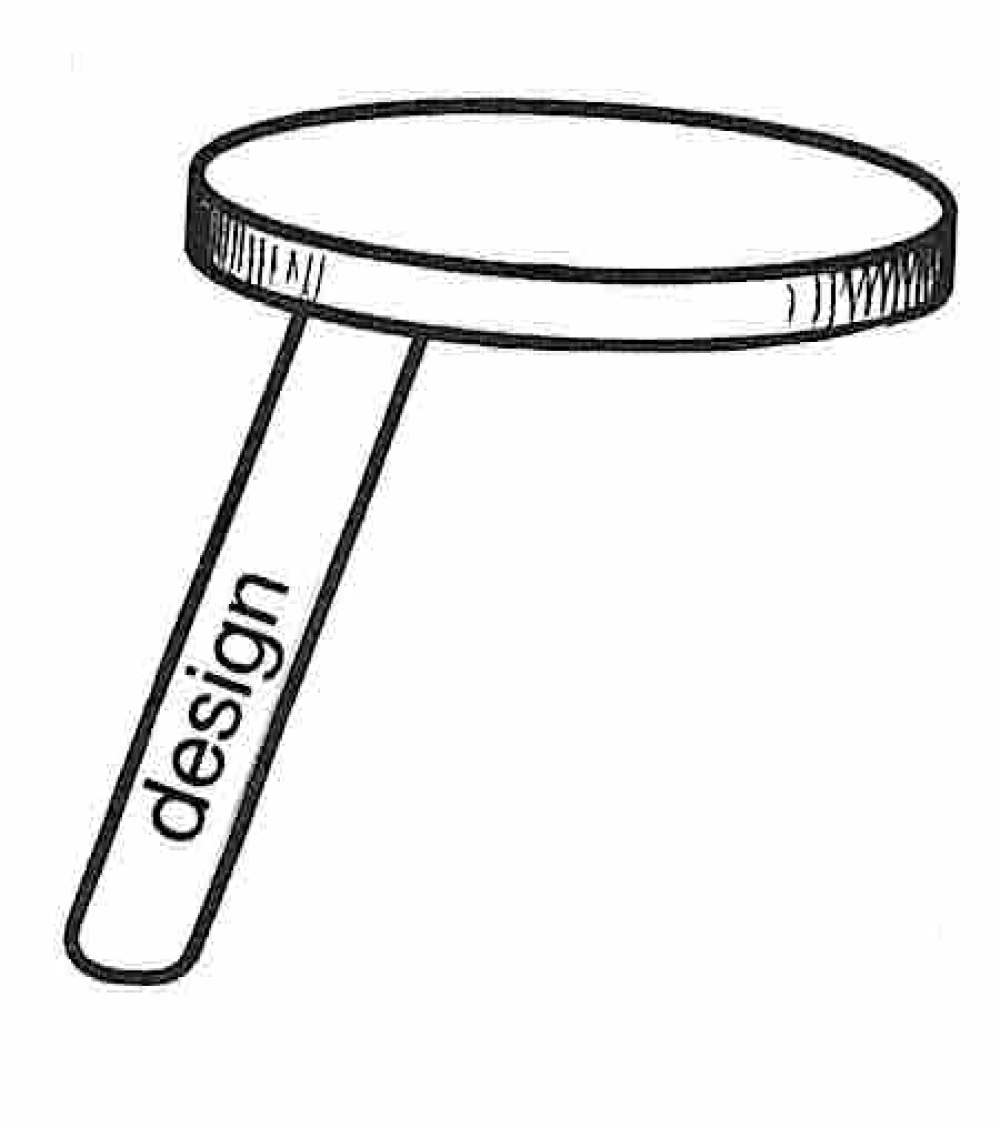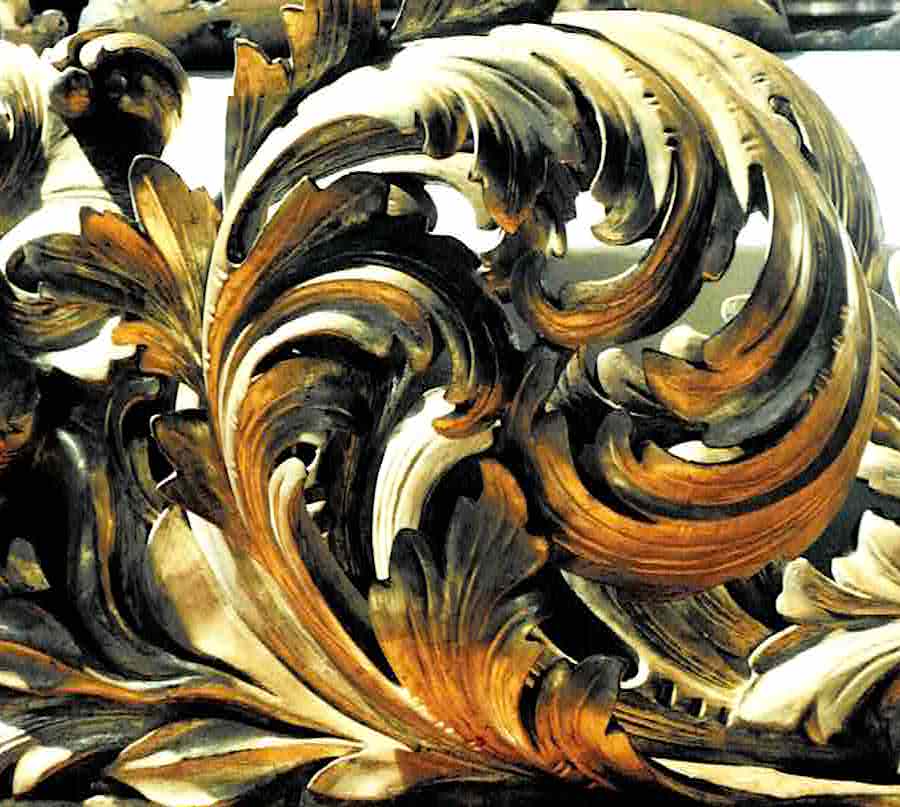The 3-Legged Stool of Woodcarving! Leg 1 Design
16.05.22

For me, the 3-legged stool metaphor is one of the most important ideas on the Woodcarving Workshops website. All the legs of such a stool must work together, right?
Take one away or make it shorter, or weaker, and… you'll be picking yourself up!
What do these 'legs' represent? The elements of 1. Design, 2. Materials, and 3. Technique (Tools).
The legs-of-the-stool image doesn't just illustrate aspects of woodcarving; the idea imbues every craft. Pottery? Metalwork? Basketweaving?
Whatever: Every successful craft or art work has these elements fully integrated. Although I may not ostensively tease them apart, these elements are present and unified in all the projects here on Woodcarving Workshops
Let's unpack each of the elements a little further to help you think about them consciously, starting with what I consider to be the most important of the 3 'legs':
1 Design
Which is? The artistic structure of your woodcarving.
Your thoughts and intentions are manifested in the wood and how you handle your tools, and thus are present in the finished carving.
After you become competent at carving, this is what separates you from every other woodcarver.
Planning: Right at the outset, think of the stool and ask yourself:
- How will my design work in wood, with its inherent strengths and weaknesses?
- What wood do you have? Will you need to alter my design? Does the wood suggest something different?
- What tools do you have? Is your design too complicated, too big or small for what you have?
- How will I hold the workpiece?
- What finish and I thinking of? Is it appropriate?
- How will my finished carving be mounted or hung?
Capabilities: Is you design within your competence?
- Only you know the answer to this. Be honest.
- Each new design wants to have big percentage that lies within your abilities and a small percentage that challenges you. That way you improve and have fun. Don’t set yourself up with something far beyond what you can do: that way lies frustration and failure.
- Keep your great design for the future. Be realistic; right now you may have to scale back or simplify - and you can still achieve something terrific!
Research: You can never prepare too much; but you can prepare too little. Right?
- Drawings, photographs, lay models - what do you need?
- Remember: a 2-dimensional drawing is not a 3-dimensional carving
- Proper preparation will give you a lot of confidence and help you relax and visualise what you are after.
Design:
- Start with lots of thumbnails. Lots. Squeeze that lemon in your head.
- Is there anything I can add to make my carving more interesting, intriguing or compelling to the viewer?
- Look at your design from the viewer’s point of view. What will they see, or feel?
- Narrative is a good thing.
Why do I think design the most important 'leg'? This:
Remember:
No matter how good your carving is, if your design is boring or weak in some way, your carving will fail; however, a really strong design will carry not-so-good carving.

Related videos:
